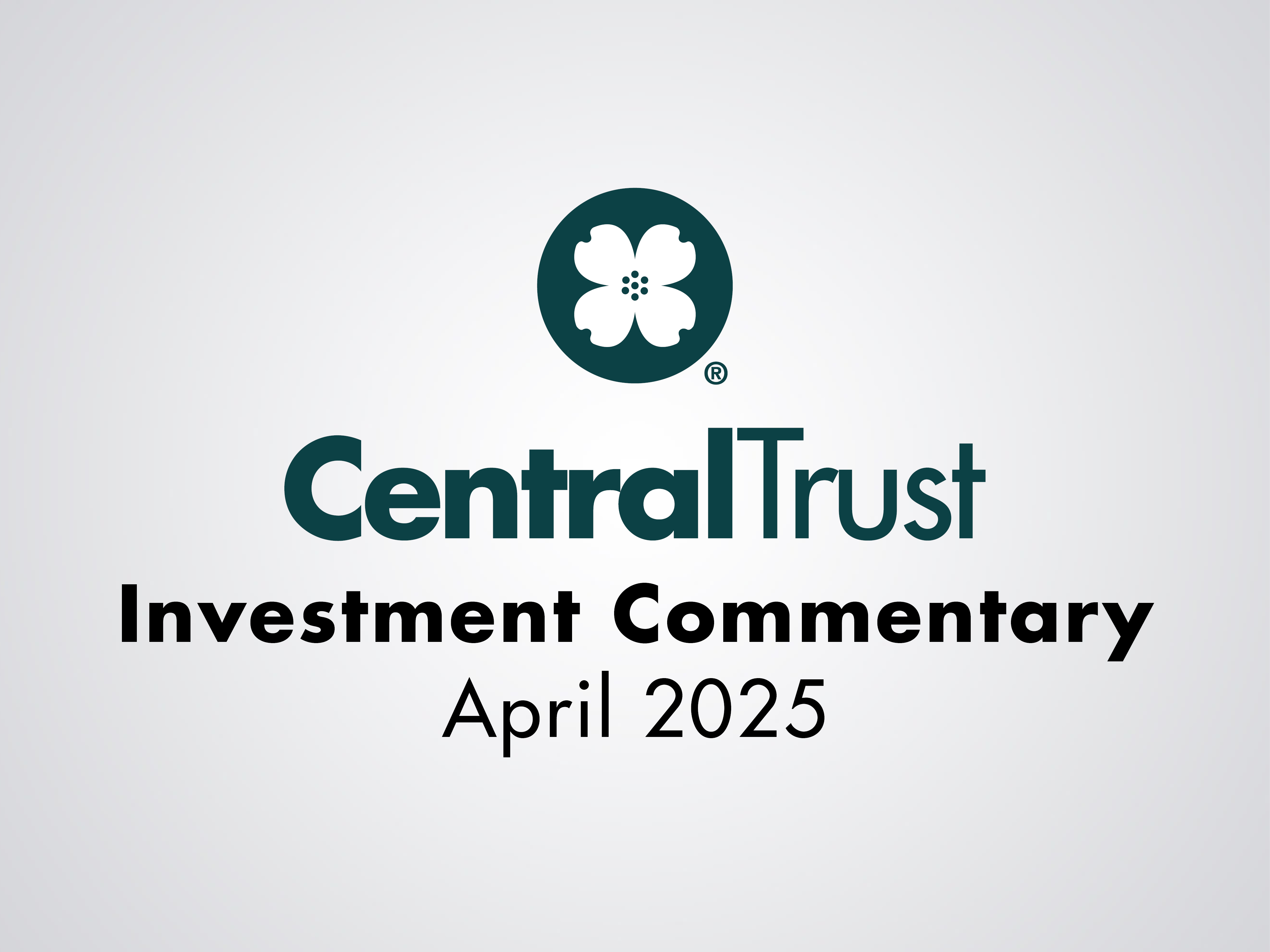May saw markets rebound as tech and consumer stocks surged, offsetting bond losses and debt concerns. International equities outpaced U.S. gains, while gold cooled but remained a top performer.

By Nicholas Hinkebein, CFA – Portfolio Manager
When building a successful investment portfolio, two strategies often take center stage: value investing and growth investing. These terms are frequently used by financial experts, yet many investors struggle to define them clearly. Some assume value stocks are simply “cheap” while growth stocks are “expensive.” Others think Value stocks belong to old industries and growth stocks are all tech companies. While these ideas contain some truth, the real distinction lies in the fundamentals which are the core financial metrics that reveal a company’s health and potential.
In practice, analysts look at several metrics to determine what value or growth is, but none is more important for separating value from growth than the Price-to-Earnings Ratio (P/E).
Understanding the Price-to-Earnings (P/E) Ratio
When you buy a stock, you are purchasing a piece of the company’s future earnings. The price-to-earnings ratio, or P/E, shows how much investors are willing to pay today for each dollar of those future profits. A low P/E may indicate that a stock is undervalued, while a high P/E reflects expectations for higher future growth.
The formula is simple:
P/E Ratio = Share Price ÷ Earnings per Share (EPS)
For example, if a stock trades at $20 per share and earns $2 per share, the P/E ratio is 10.
What Defines Value Investing?
Value investing focuses on companies that appear undervalued compared to their intrinsic worth. Usually because their price has decreased leading to a lower P/E ratio. This could be due to a temporary setback or skepticism about the business. Value investors believe this to be overdone and not reflect the businesses’ intrinsic worth. Therefore buying at a discount gives a lot of upside once the market realizes the business potential.
Since these companies are often already established and have earnings, it’s why they’re associated with mature industries that generate routine profits and frequently pay dividends.
Risks of Value Investing
The risks in value investing are that companies may remain undervalued for long periods or that the market was correct in its pricing. Low valuations could be justified due to declining business fundamentals, turning these stocks into value traps that never appreciate. Therefore, successful value investing requires distinguishing between temporary setbacks and permanent problems.
What Defines Growth Investing?
Growth investing focuses on companies with high future earnings potential. This creates a high P/E ratio as the business reinvests into its operations to grow, reducing earnings, or investors bid up the price in anticipation of the company significantly growing earnings.
Many technology and smaller, innovative companies fall into the growth category because they are disruptors to older industries or bring new products, services, and efficiencies to the market. They prioritize growth and scaling over generating profits now and paying dividends.
Risks of Growth Investing
High valuations mean these stocks are vulnerable to shifts in market sentiment. If a company’s growth slows or fails to meet expectations, its stock price can decline sharply. Another possibility is the vision or product fails, leading to bankruptcy. This makes growth investing more volatile than value investing.
Value vs. Growth: Which is Better for Your Portfolio?
There is no single best approach—each has advantages and risks. Value stocks tend to provide more stability and income, while growth stocks offer greater potential for capital appreciation. To manage risk, many investors adopt a blended strategy that incorporates both value and growth stocks. This balanced approach diversifies portfolios across all types of businesses and sectors which can lead to better long-term performance.
Focus on Fundamentals for Long-Term Success
Ultimately, the key difference between value and growth investing comes down to what you are willing to pay today for tomorrow’s earnings. By understanding these approaches and focusing on the fundamentals of their portfolio holdings, investors can build smarter, more resilient portfolios that align with their personal financial goals.


